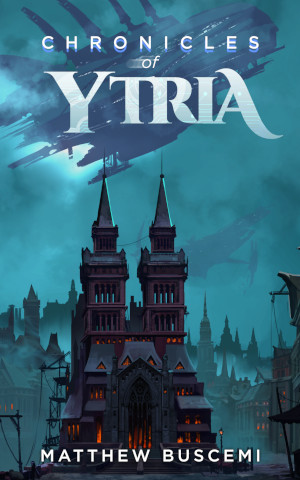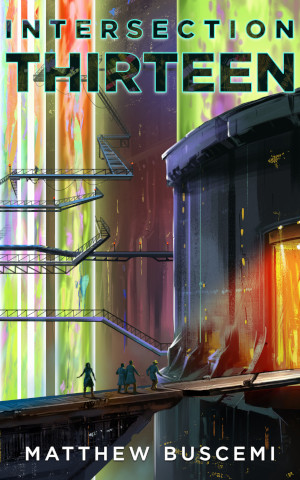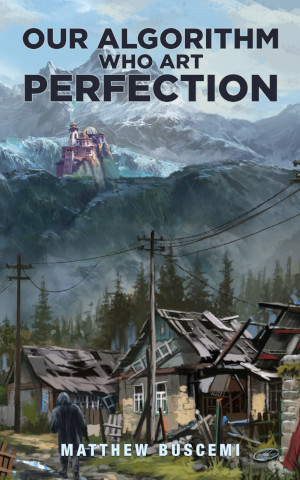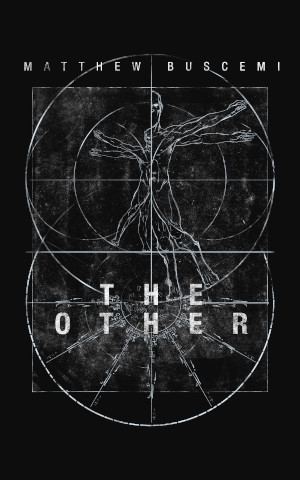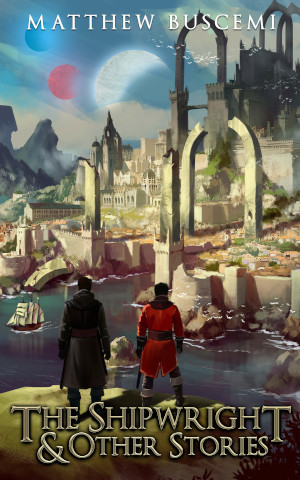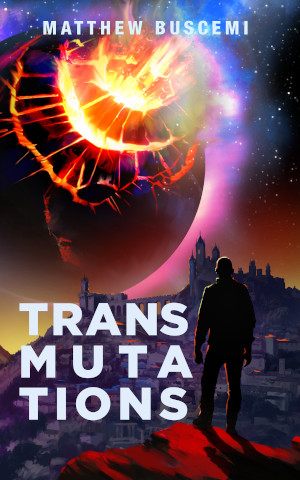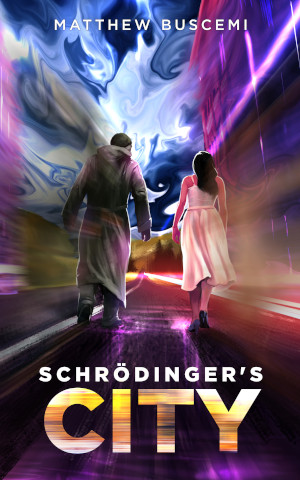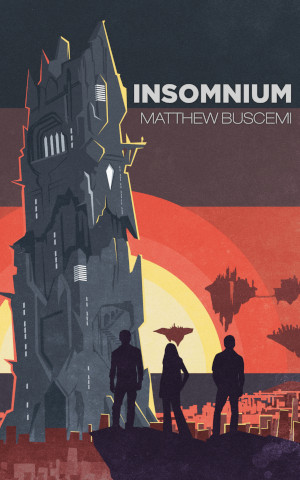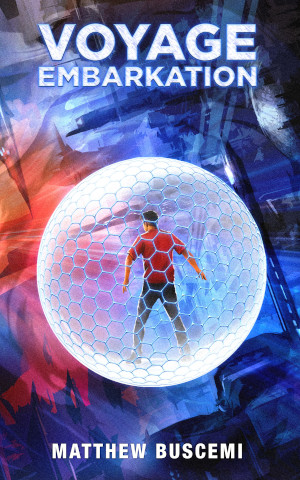The Evolution of My Planning Process
Saturday, August 24, 2019 at 12:42pm
An interesting post appeared on my Reddit feed recently, in which the poster described struggling for years to write a coherent novel until they finally decided to sit down and plan their story out, at which point, everything fell into place. This roughly mirrors my experience. I didn't spend nearly as long struggling, probably because I got to planning straightaway, but there was an aimlessness to my pre-Voyage Embarkation writing projects, which planning readily corrected.
There are a ton of methods for planning to be found online. The Snowflake Method, for example, is quite popular. Digging into this follow-up Reddit post, you can find a panoply of other methods, worksheets, and various other planning paraphernalia. I have never used any of them. I find most to be excessive for the stage I am at now. In general, the more I have written, the more I have been able to hold the plan in my head, as opposed to organizing everything on (digital) paper.
It took me a while to figure it out, but I realized sometime around Alterra that my goals for my writing are different from what modern society assumes a writer's goals for their writing should be (the acquisition of money via an enormous audience). A perusal of the Snowflake Method and other planning methodologies will reveal that they are exclusively concerned with characters and the movement of plot. For my own purposes, I am also interested in idea and theme. By idea, I mean the novel's intellectual twist or conceit (some SF circles refer to this as a novel's "big idea"). By theme, I mean a tone, mood, or even idea that will be expressed in multi-faceted ways throughout the novel.
Voyage Embarkation was the most extensively I had ever planned a novel, and also the most extensively I have ever planned a novel since. I recall an exercise in which I wrote ten to twelve short stories, each set in one of the parallel worlds Kal visits in the novel. I planned out each scene of each chapter of the novel, thinking through who the characters were, what their motivations were, etc. I wrote detailed outlines of each and every scene. I decided what my central motif was (water) and my central themes (change, loneliness, adventure). I went through my outline again and again before starting any writing. I spent a lot of time, as I finished chapters, revisiting my outline and making revisions to it, since the act of writing inevitably changes the plan.
Insomnium was quite a bit different. I decided on my motif (paradoxicality) and my theme (overcoming self-doubt) straight away. I went through and planned all my chapters and scenes as before. But this time, I found myself actually using that framework much less as wrote, and I allowed myself to diverge from it without going through and reworking the whole thing. This was still a heavily planned novel, but I let my instinct guide me on the writing process much more than with Voyage. Another significant difference was that, during the revision process, I recall only having to scrap and rewrite three scenes of a single chapter, whereas in Voyage, I had rewritten multiple chapters entirely, some more than once.
With Alterra, I decided upon my characters, motifs, and themes straight away, just as before. However, I did not plot out each and every scene. The novel is divided into three parts, and I created a plan that was simply a rough outline of the action of the novel. I let myself move through that framework, mostly abiding by its structure, but making up a lot as I went. I found that, by this time, I was able to tell, in the moment, if a scene was going off the rails. I have a specific memory of scrapping three paragraphs I'd just written and rewriting them. I remember thinking, "in Voyage I would have just kept on writing and had to redo the whole chapter at the end."
With Schrödinger's City, my pre-draft planning notes were looser still. I wrote a bit about each of the central characters—Naim, Kaia, Gwei, and Taum—I decided how I wanted to express my themes of perception and uncertainty. I decided on the oscillation between the two time periods of "before" and "after," bookended by the "now" scenes. I decided on the rules of City's workings and on what would govern the City-as-Usual and City-as-Grid transitions. That was basically it. All the other characters, even the Amaranthines and their district, happened completely organically. What had been set at the beginning was Naim's quest to find the pole and his connection to Kaia and Gwei. I was able to run with the lack of predetermined structure because I was able to back up if I felt myself going astray, and I was able to invent without striking a wrong note, because I knew the rules of my world and what kind of components would either fit with or jar against my themes.
With The Other I find my planning process has stabilized, and there's not much to remark on that's different from Schrödinger. I started with a general outline of the plot and the main characters. I figured out what my themes and motifs were, and I just made sure that everything fit in that framework as I went. Interestingly, I just went back and looked through my initial outline for The Other and the plot has diverged from it in a number of ways, but that's fine, because the changes are a better fit for my theme.
All up, I would say that the development process for me has been largely about learning how to accomplish in the moment what I used to have work out well in advance in order to get right. This has allowed me to move the plan from paper into my head, where it is much easier to do real-time revisions.
One final note, I'm not saying that my way is the "right" way. I know that's certainly not the only way. It is, however, the way that has worked for me. I hope that other writers are perhaps able to glean something useful from my experiences for developing their own planning processes.
